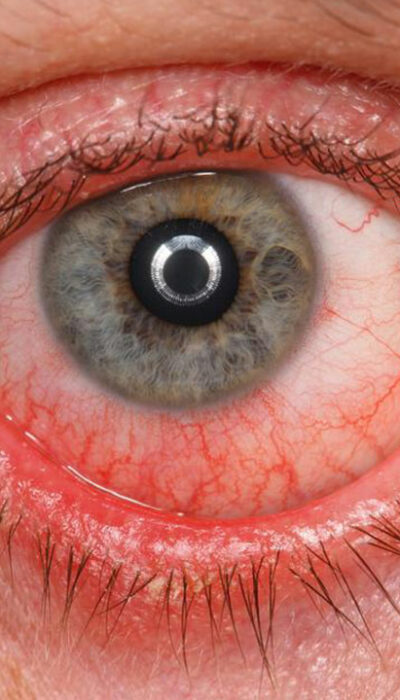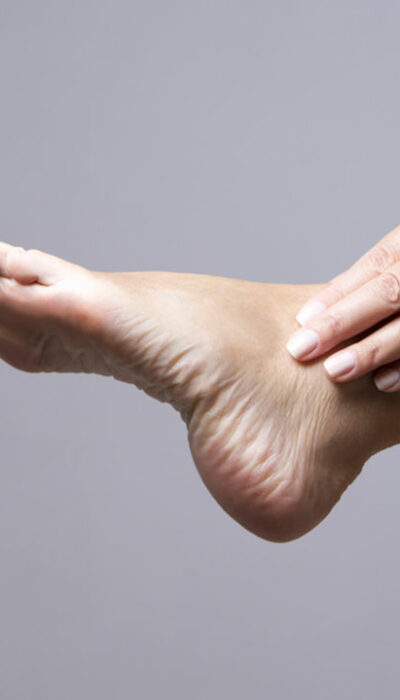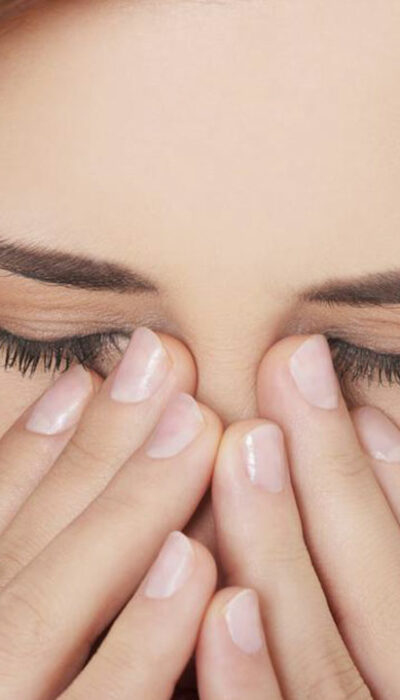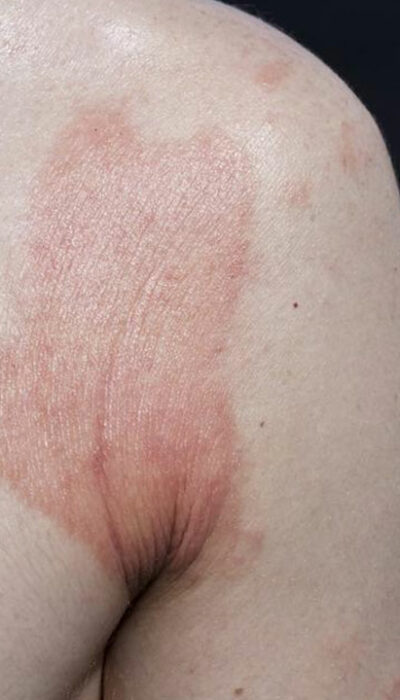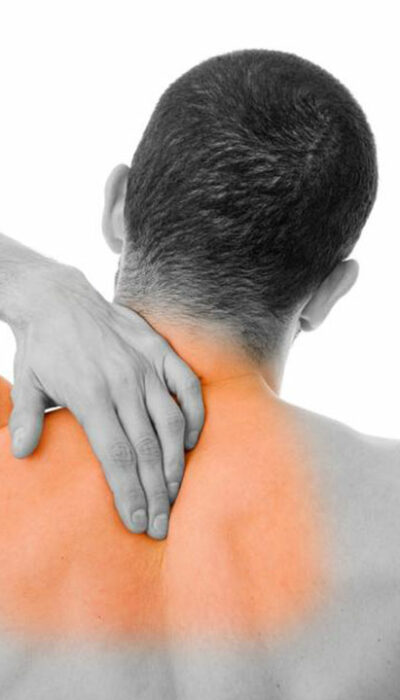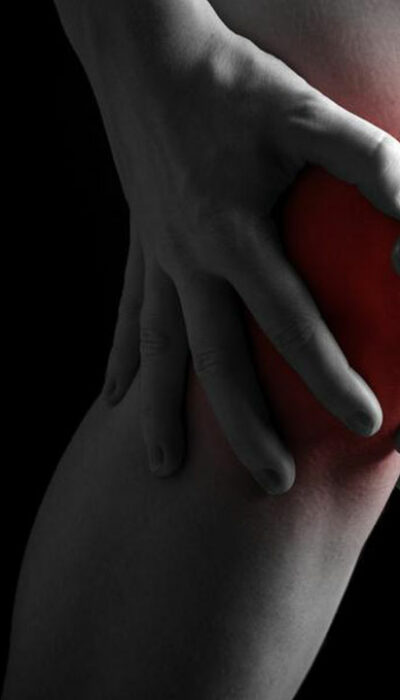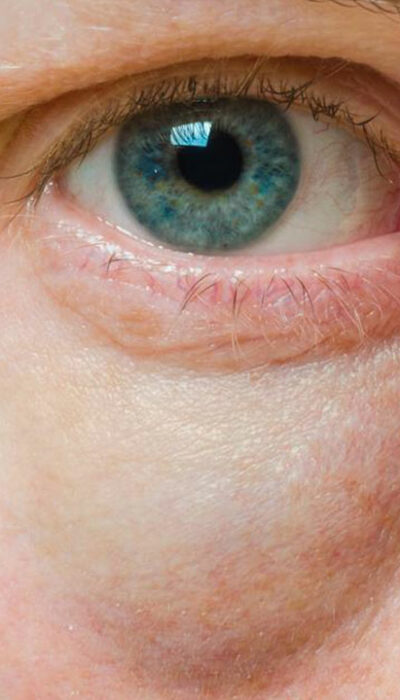
Nasal Congestion – Causes, Symptoms, and Treatment Methods
Irrespective of the fact that our body has an inherent built-in system that protects it from the different malicious element in the environment, there are instances when the bacteria and viruses override it and plague the body. Our immune system does a commendable job of protecting us from the diseases prevalent in the environment, but the magnitude of the disease and our fitness plays a major role in deciding whether or not we will be affected by it. Common cold or influenza is a common ailment that almost every person might have contracted at some point in time. However, this common cold, when neglected, can result in nasal congestion. Though nasal congestion isn’t a life-threatening condition, it does have serious repercussions. If you wish to learn more about nasal congestion and ways to treat it, keep reading. Nasal congestion – Causes and symptoms Nasal congestion or stuffy nose as it is commonly known as is a result of a blocked nasal passage. This blockage is caused due to the swelling of the membrane lining which is, in turn, a result of inflammation of the blood vessels. Usually, the common cold is the cause of nasal congestion, but at times, there are other sources which give rise to nasal congestion. The causes of nasal congestion are as follows: It has been observed that a deviated septum can also be responsible for causing nasal congestion. The various allergens in the environment are also known to trigger nasal congestion especially if the allergy manifests itself in the form of cold and sneezing. When the individual is exposed to certain chemicals, it can lead to nasal congestion. Hay fever is also one of the causes of nasal congestion. Nasal congestion is also triggered when we react to the medications prescribed to us. At times, the medicines are rejected by the body, and it gives rise to allergic reactions.
